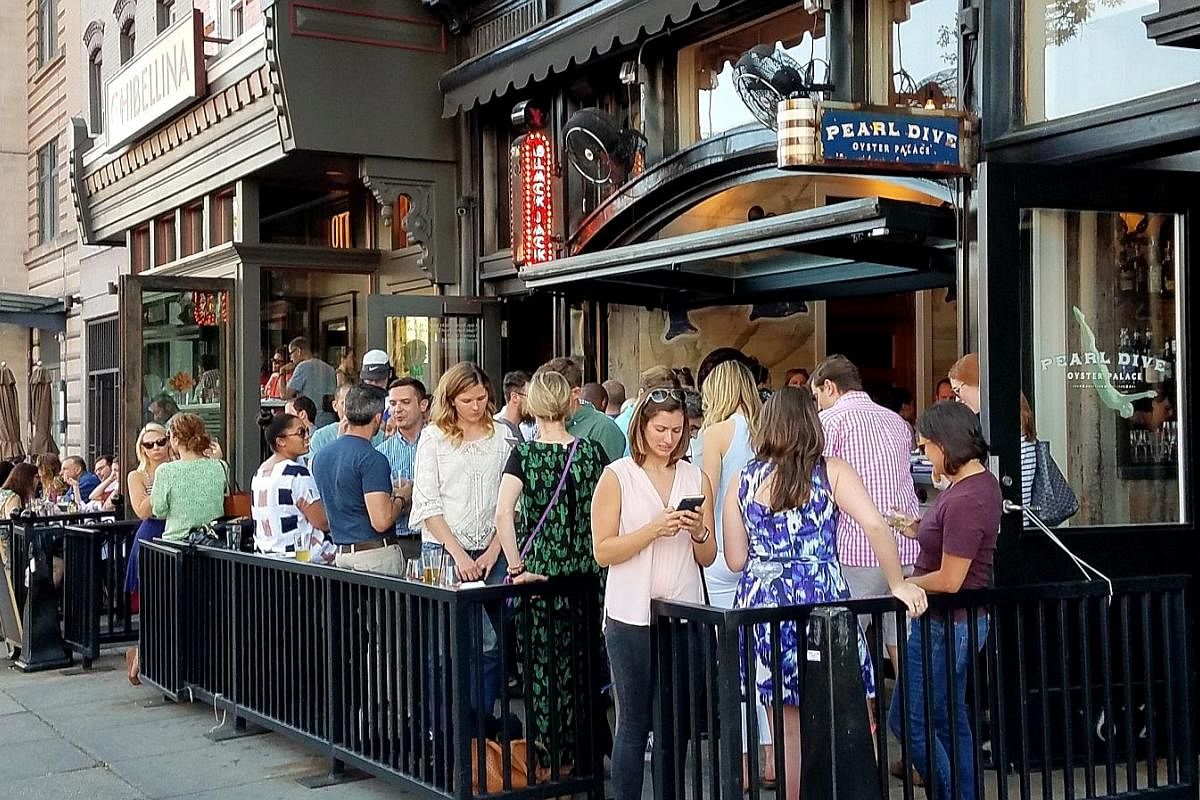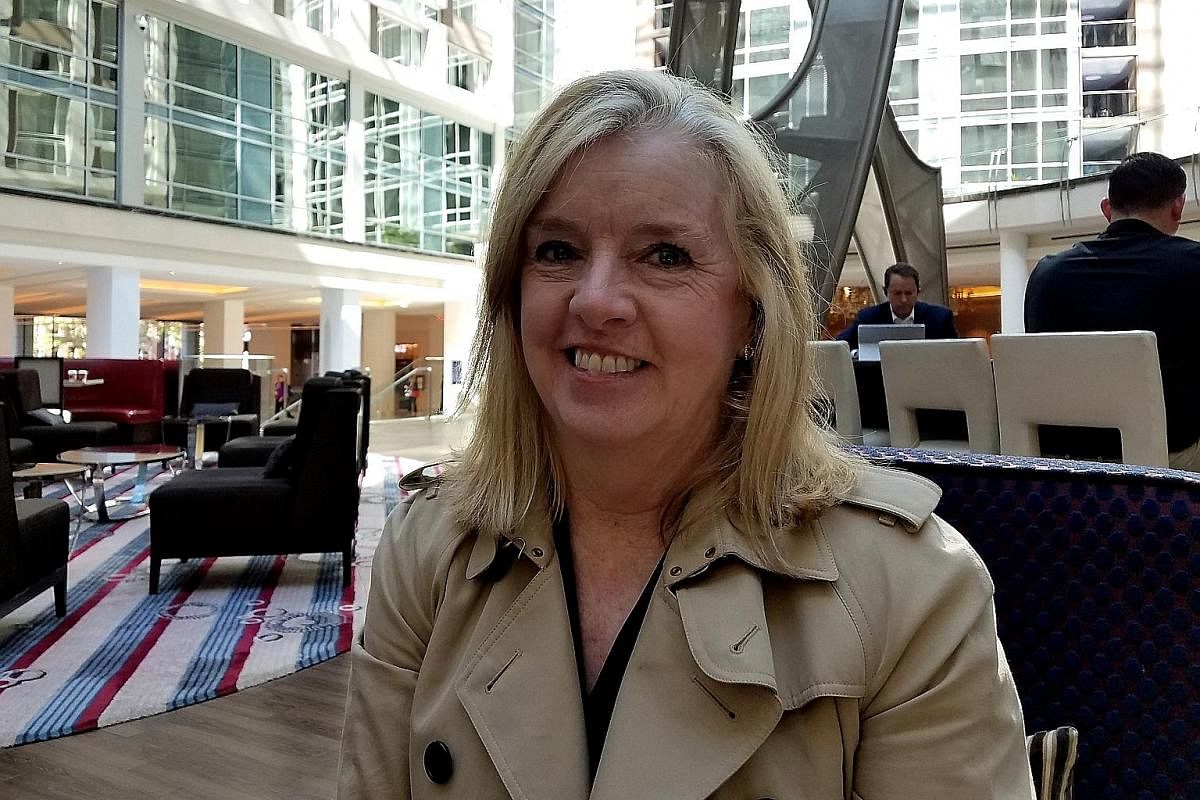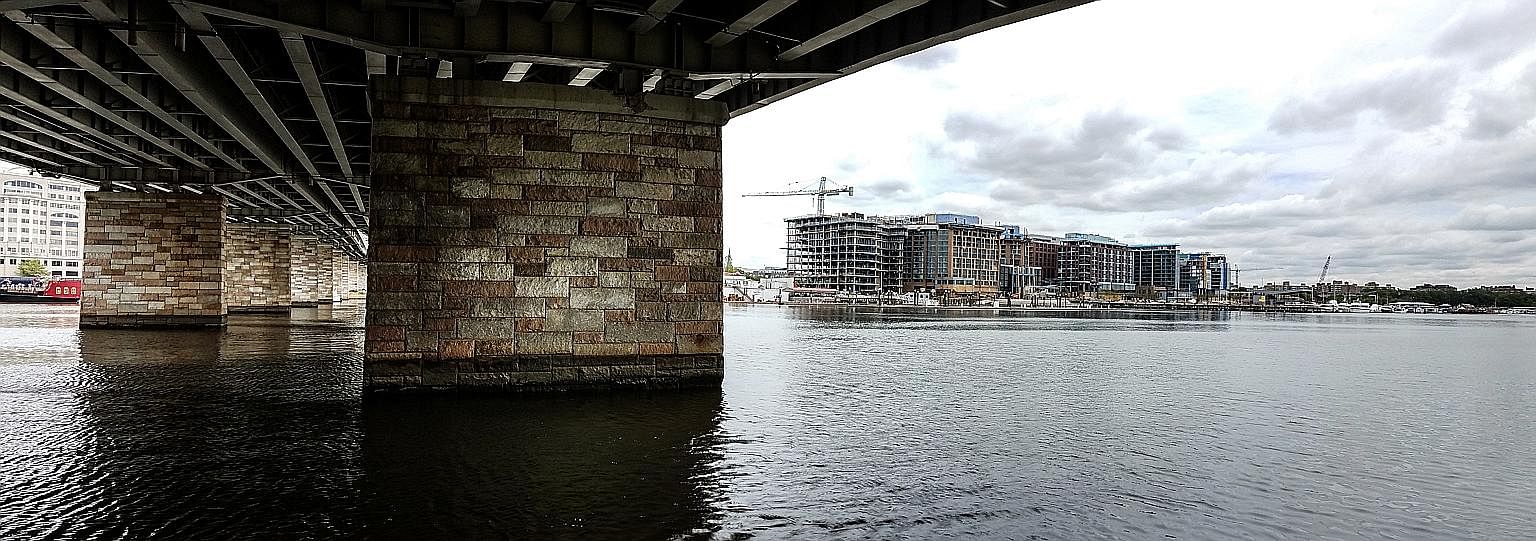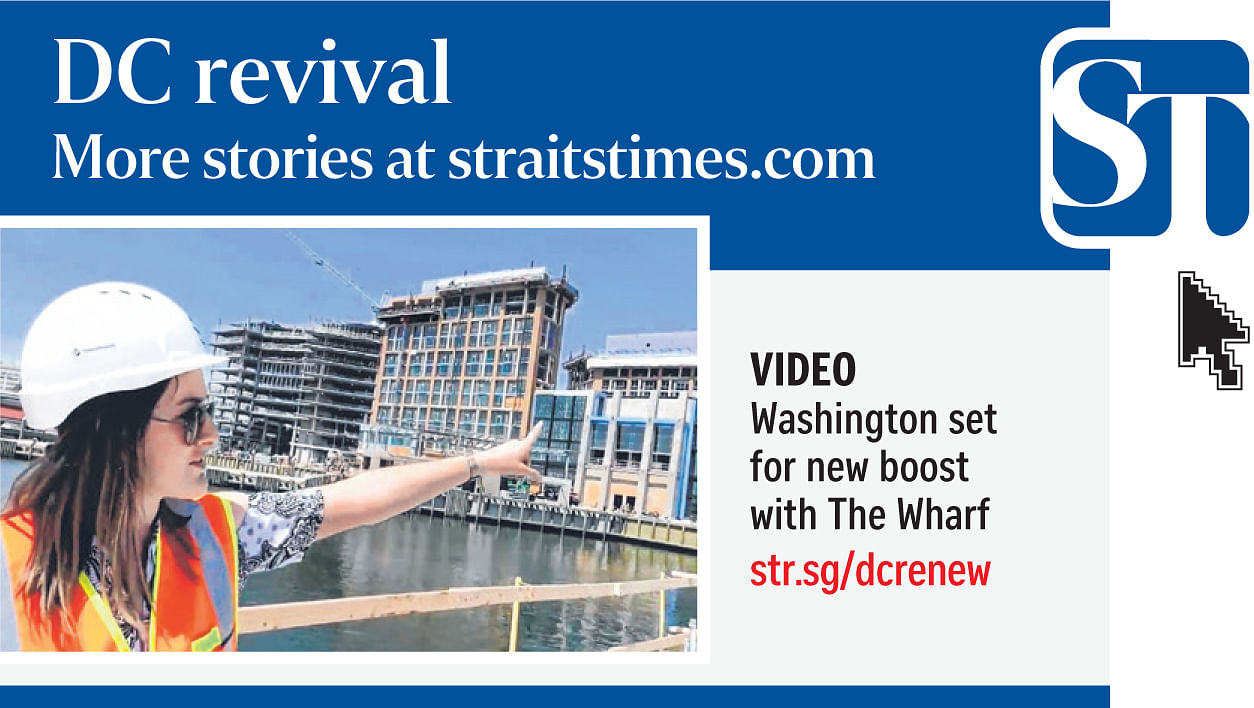Field notes
Where all the lights are bright
Americans are moving back to the cities as once grim urban districts are revitalised


The big house of some 460 sq m set on a 1.4ha plot in a wooded suburb of Charlotte, North Carolina, was everything that the baby boomer generation had dreamt of.
So it was for English teacher Terry Mattingly, and her husband Rick, formerly in the United States Army and now chief risk officer of an international company. After more than a dozen moves and living in many cities, they decided to retire in Charlotte.
Then their son and daughter grew up and got jobs in Washington DC. Children's footsteps were no longer heard in the rambling house, and the yard fell silent. A grandchild was born in mid-2015, but they rarely got to see him.
Managing the big property became expensive too, with all the work needed to upkeep the grounds. Every time they needed something from a grocery store, they had to take the car. Also, with her husband travelling for work for up to two weeks a month, Mrs Mattingly often found herself at home alone.
So, early last year, Mrs Mattingly, now 60 and retired, and her husband, now 64, sold the house and moved to a condo in Washington DC - a city they had never lived in - becoming part of a growing American trend of reverse migration from the suburbs to the cities.
The trend has been driven mainly by two elements - so-called millennials seeking jobs in urban centres and "empty nesters" like the Mattinglys, who want a more engaged life within walking distance of the attractions and amenities a city can offer.
It has also been driven - and enabled - by the redevelopment of once deteriorating districts in Washington DC, Asbury Park on the Jersey shore, South Bronx in New York City, Long Island City, which is becoming an extension of Manhattan, and even smaller cities like Cleveland and Pittsburgh, once thought to be in hopeless decline.

Washington DC, where many of today's hipster districts were no-go zones rife with crime just 10 to 20 years ago, is perhaps the best example of such urban renewal.

The city will get a fresh boost when the first phase of a US$2.2 billion (S$3.1 billion) development called The Wharf opens in October. The Mattinglys, now renting, will soon move into a townhouse they bought just a block away, and can't wait for The Wharf to open.
The project is the newest in a wave of development that started in the late 1990s, when savvy administrators and developers joined hands to revive the riot-devastated U Street neighbourhood, and lift downtown DC with new buildings such as the Verizon Centre, now a major concert and sports venue.
Come October, a 1.6km-long strip of decrepit 1970s-era buildings will have been transformed into a gleaming new mixed-use complex of condos, offices, bars and restaurants, complete with a refurbished marina, water taxis, a modern concert venue and an ice skating rink. The whole Wharf development will cover 11ha (about the size of 15 football fields).
It is part of a bigger trend of reviving entire lost and depressed neighbourhoods, said Mr Amer Hammour, the executive chairman of Madison Marquette, which is developing the site in partnership with another developer, PN Hoffman.
More people are still moving to the suburbs, but the wealthier are leading a return to the cities, said Mr Hammour.
"People like being engaged," he said in an interview at his office at The Wharf. "They post selfies on social media to show that they are where things are happening. But there's nothing happening in the suburbs. So, wealthier people are moving back downtown and regenerating districts, and people who can't afford it are moving out."
The millennial generation is "reshaping cities in the US", Professor Dowell Myers, who is with the School of Policy, Planning and Development at the University of Southern California, wrote a year ago in the journal Housing Policy Debate.
With the coming of age of some 83 million millennials - born between 1980 and 1999 - long-standing trends of urban decline are being reversed, at least temporarily, Prof Myers wrote. "Population is growing faster in some cities than in their suburbs, young adults are living more densely in inner-city districts, and the white population is growing again in cities where it had declined for decades."
Washington DC's population, for instance, declined for a full half-century before starting to grow again, with the upturn coming as recently as in 2010. By July last year, numbers had reached 681,170 - a 13.2 per cent increase since 2010.
Speaking to The Straits Times over the phone, Prof Robert Lang, an expert on urban growth, economics and population dynamics at the University of Nevada, said: "America has in a way had to relearn how to build its cities.
"There was a point where the practice of building denser housing was gone, because so much emphasis had been put on suburban growth that it required new finance methods, new land-use methods."
He emphasised, however, that the US is big and diverse, with many cities still struggling. Even so, "there are a whole family of cities like Washington, Boston, San Francisco, that are now totally upmarket and very desirable, with strong reputations for good living and a lot of jobs". He noted: "The reason you want to be in the centre of Washington DC is that there is a giant concentration of jobs in the middle of the city. There are more amenities; there is less commuting; there is dining within walkable distance."
Those conditions dovetail perfectly with the needs of empty nesters like the Mattinglys. "As we age, we want to age in place - we don't want to have to move because we can't drive anymore. In our retirement, we still want to be engaged," said Mrs Mattingly. Now, her daughter is just nine blocks away.
"I can walk over and visit my daughter. And we can spend real time together, not just 'Facetime' with our grandson," she said.
"I love cities. And in Washington especially, the change has been just dramatic."
Join ST's Telegram channel and get the latest breaking news delivered to you.
A version of this article appeared in the print edition of The Straits Times on June 03, 2017, with the headline Where all the lights are bright. Subscribe
